What is a wall accent light
Wall accent lights herein refer to wall sconces capable of creating visually attractive light patterns to enhance the look and feel of a space. Lighting is not only utilitarian, it can create interest, provide drama, add depth, and make a significant design statement. Wall accent lights are designed to add an accent layer of light to a space by making use of thoughtfully controlled luminance. Luminance, also known as photometric brightness, is the light coming from a surface or point or reflecting off objects in a scene. The human eye responds to luminance, not illuminance (the area density of luminous flux incident at a point or a surface). Good lighting design is often accomplished through layered approach. A layered lighting design uses ambient lighting as the base layer upon which other layers of light are added. As ambient light usually spreads uniform throughout a space, it can be bland. Accent lighting is necessary to add drama and interest to the space which is thus kept from looking ordinary.
Accent lighting
Accent lighting is frequently about highlighting an object by throwing at least three times as much luminance on the focal point as the ambient light surrounding it. It uses luminance contrast to create a dramatic emphasis on object shapes, textures, finishes and colors. The accentuated objects can be houseplants, artwork or architectural features. While wall lights such as picture lights are used to illuminate these objects for dramatic effects, wall accent lights create drama, generate visual impressions, heighten the atmosphere, and enhance architecture on their own. These fixtures elevate light itself to an essential role in accent lighting design.
The art of lighting is much more than simple delivery of lumens to a dark space. Through a poetic interplay between light and shadow, wall accent lighting allows a bland wall to make a grand statement, instantly transforms a dull scene into a visual spectacle, and brings personality to the neutral background. Art and illumination intertwine to create an organic radiance that makes your heart warm inside and inspires even the most distant soul.
Lighting technology
The poetic essence of light can only be captured through innovative use of the cutting-edge LED technology. LEDs are electroluminescent devices that emit light through intracrystalline recombination of electrons and holes within a semiconductor chip. The small footprint, high flux density and directional nature of LEDs make it possible to control light with high precision and efficiency while enabling miniaturization of optics and complete luminaires. In particular, the use of compound lenses that are sculpted with a variety of surface treatments affords an opportunity to create very tight beams for impactful accent lighting. Light emitted from an LED can also be distributed through key vertical and horizontal planes to add a subtle charm or create a gentle breeze.
The ability to electronically dim LEDs lends accent lighting dynamics with regard to luminance. LEDs can be spectrally engineered to produce any visible color that enhances design aesthetics. Multiple LEDs of different colors can be combined to form RGB, RGBA, RGBW or other additive color mixing systems, which permit implementation of any variety of transitional color schemes. With color-tuning ability, the radiance can be dynamically adjusted to bring a pop of color and playfulness for a fancy and magical scene, or to impart an intriguing sense of harmony and peace of mind.
System integration
Creativity abounds with LED lighting. Wall accent lights come in an infinite range of shapes, styles, beam configurations and effect options. These luminaires are highly integrated systems that incorporate tailored LED modules and optical systems to produce the desired beam patterns and light effects. The LED module can be an integrated LED array which is directly attached to the heat sink or an assembly of discrete SMD LEDs on a metal core printed circuit board (MCPCB). The LEDs are usually arranged to emit in a controlled angle that the light strikes the wall. The resulting beam grazes or illuminates the wall to make sense of what we see. Artistic contrasts between light and shadow, hard and soft beams, long and short throws, and warmth and vibrancy in color create a visual narrative for the space.

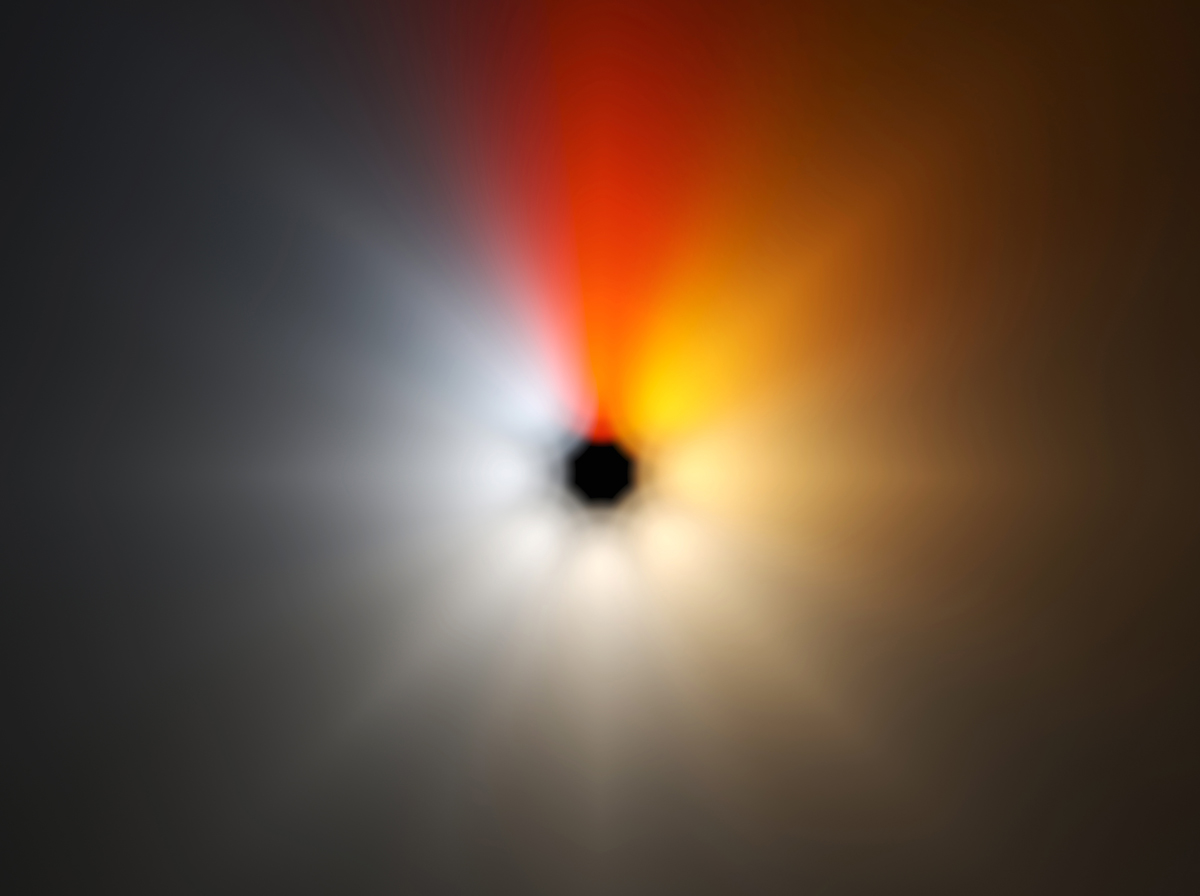
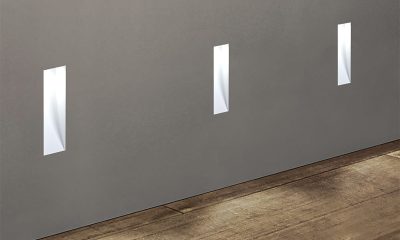
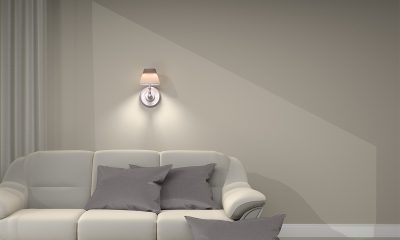

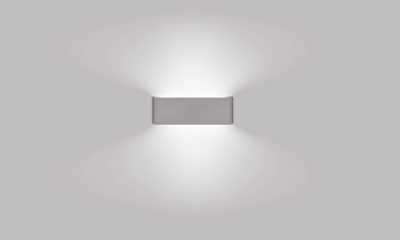
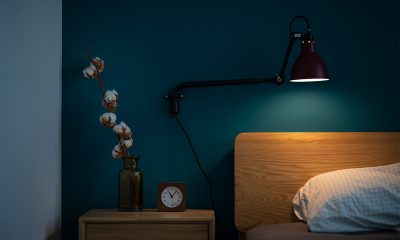
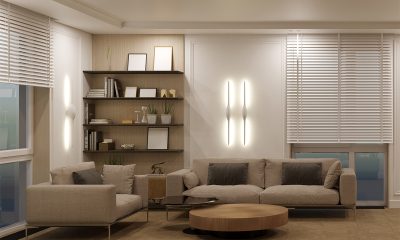
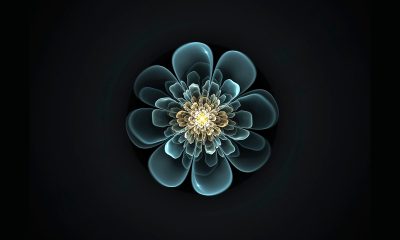
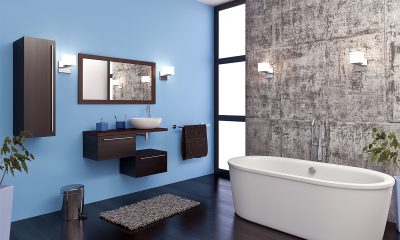
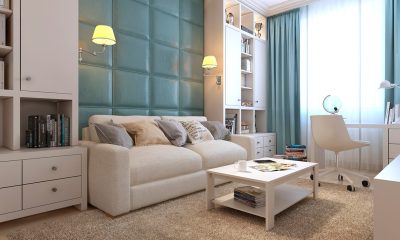
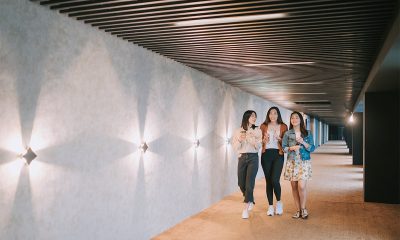
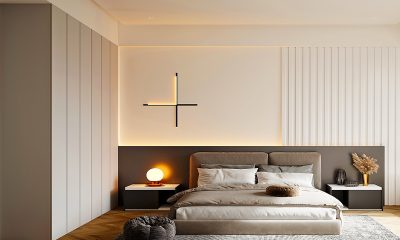
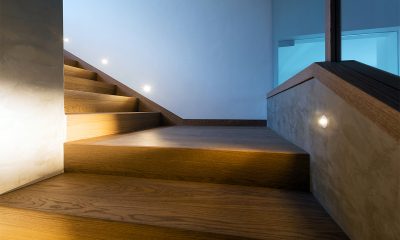





Loading...